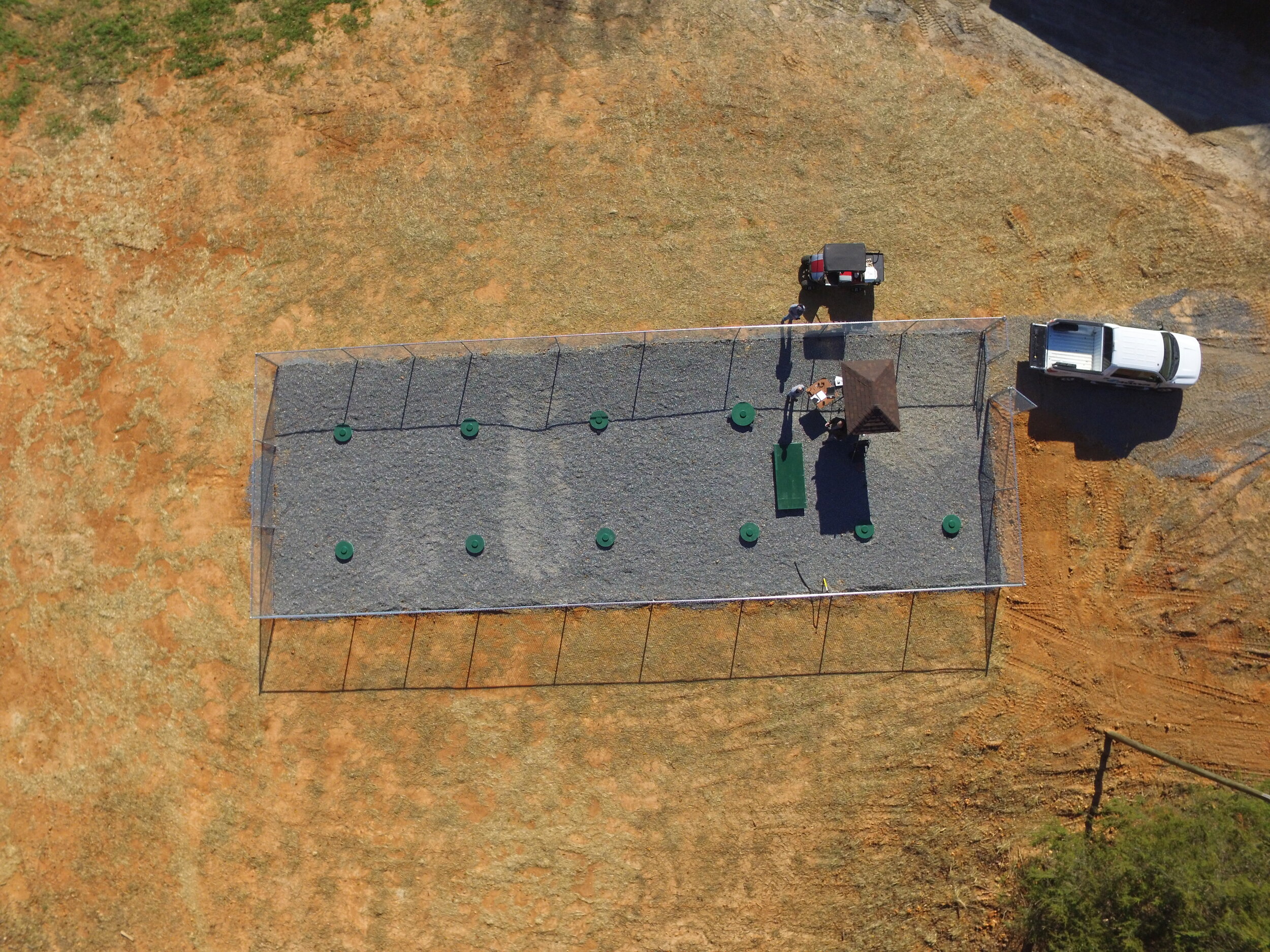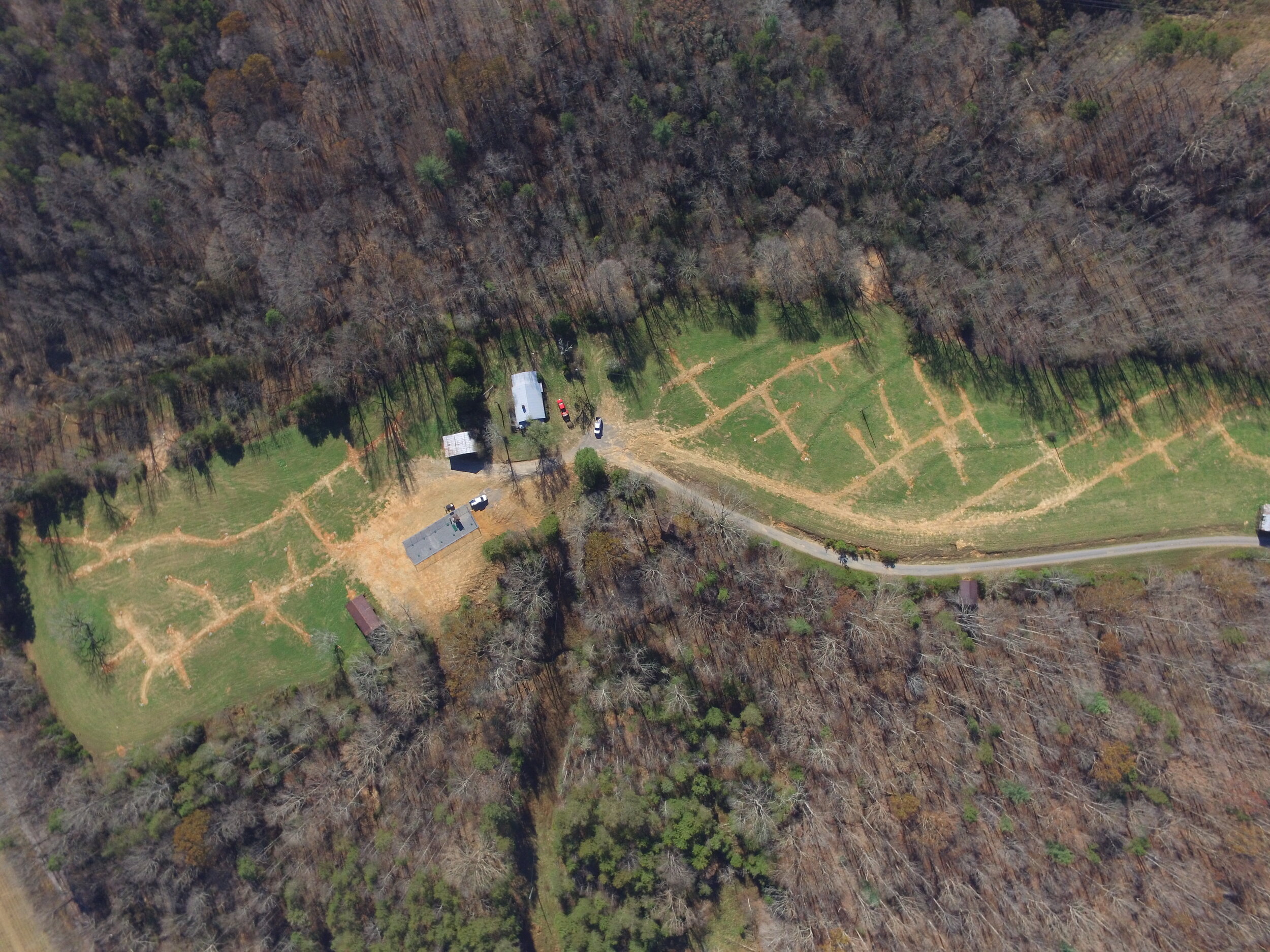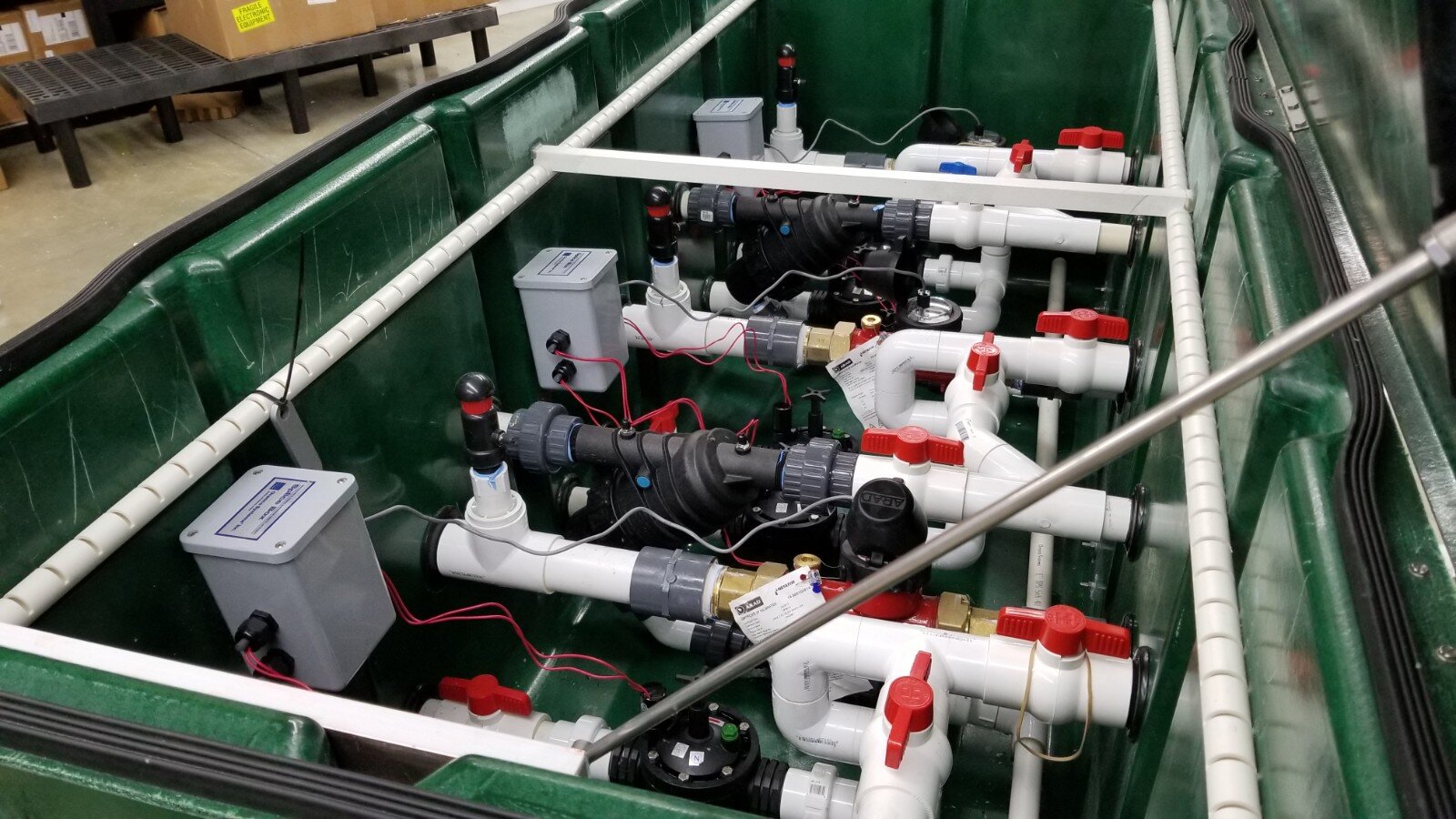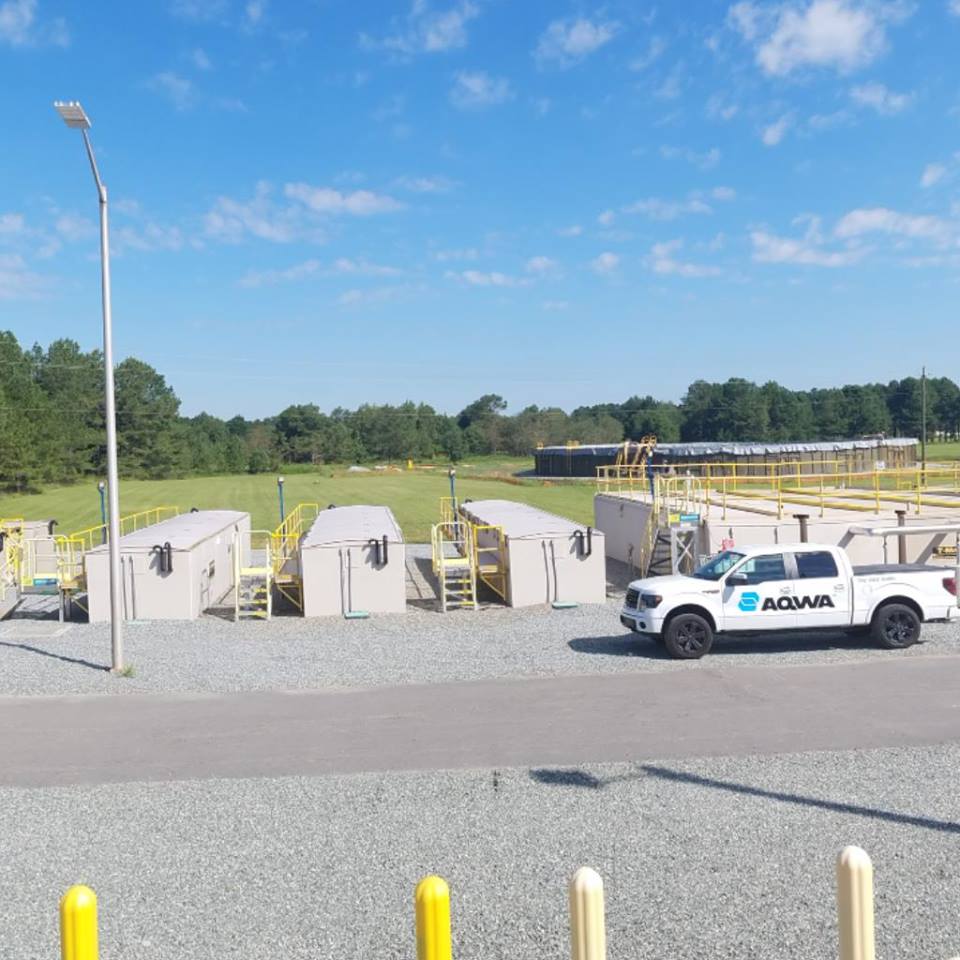Decentralized Sewer - Operator Stories for Engineers - Collection Systems Options
Michael Clayton
In my career, I had to learn the hard way. I didn’t ask the right questions, didn’t ask the right people, and sometimes didn’t listen to sound advice. Now having accumulated 20 years’ worth of stories, I hope to pass along learning from my time operating wastewater systems.
Wastewater collection systems are simple from an engineering perspective. Let gravity work for you and pump when you must. The usual approach is to design a wastewater treatment system with a bit of space for future flow and modest infiltration and inflow (I/I), but in practice, this leads to operators fearing storm clouds and cursing the design engineer.
I can’t tell the number of times I have seen a small system (25-200 homes) with peaking factors of 5 -15 times average daily flow during rain events. This happens so quickly due to broken clean out caps, bad joints, illegal roof drains, illegal sump pumps, offset manhole rings, manholes in a ditch—I can go on and on. Smaller developments rarely benefit from gravity sewer due to the inevitable I/I and ongoing maintenance cost to line, rehab, test, and hope you find the big leak.
After a few years watching CCTV sewer videos, I firmly believe low-pressure sewer is an obvious choice for development. But not all low-pressure sewer systems are created equal. Not by a long shot. A poorly selected low-pressure sewer creates a different kind of problem, one I call “The Time Bomb.”
Nearly all low-pressure sewer systems have little to non-existent I/I since the system is closed apart from vacuum systems. Less I/I allows for smaller wastewater treatment plant design and ease of operation moving forward.
There are three common options for low-pressure sewer: grinder stations, STEP, and vacuum.
Grinder Stations: In my career I’ve managed small to large wastewater collection systems. One of the most difficult systems consisted of over 1,000 grinder pump stations. The stations housed one centrifugal pump per house and fed to a low-pressure sewer network. The most common feeling associated with that system was anxiety. The way grinder pump stations fail is seemingly random. A station will alarm and the homeowner calls in seeing the red light flashing on top of the box in the backyard. At that point the race begins. You dispatch someone immediately because most, if not all, grinder stations have very limited emergency storage, and the most common alarm call is due to high level. This simple fact causes the operator to always be reacting, not preventative. A quick note on grinders in general: when a resident knows they have a “grinder pump” some people take this as license to flush crazy things down the drain. I’ve seen t-shirts, diapers, and all manner of unmentionable items. The station is designed to “grind it up” and send it on. If the grinder is successful, the downstream wastewater plant now must deal with tiny floating bits of inorganic material in the headworks (which requires fine screening to remove—not common in package plants. Or the tiny torn bits of flushable wipes coagulate with grease in the equalization basin and float to the top, creating a grease cap derived in your operators’ nightmares. This material must be sucked off, and sent away in a dumpster with all the smells you would expect of putrid grease laden … I digress. In short, grinder stations are Time Bombs. You never know when they will blow and that makes the life of your operator much worse, since it likely can’t wait till the morning or Monday.
Vacuum System: I operated a vacuum system on the coast. Each house had a vacuum pit that ejected waste to the central wastewater treatment plant. The theory of vacuum is neat (as an engineer) but in practice it is horrible to operate. For example—I got a call at 10 pm on a Thursday from an automated alarm system. The alarm is for low system vacuum. This means soon the entire vacuum system will not be strong enough to pull wastewater from ejector pits causing sewer backups across the ENTIRE SYSTEM. I call another operator and we race to the site. Once there, it is dark and we start walking and open each ejector pit and press a button to see if we hear the leak. … I’m not sure if that sunk in, the operator must find the leak by listening. House by house, street by street, until you find the faint hiss of a leak and replace the component in the ejector pit. NEVER install a vacuum system. They are operationally wrought with the need for overtime since the best time to find a leak is when it is quiet or at night. Side note: homeowners are a bit wary of anyone walking around the neighborhood past 10 PM with a flashlight, hammer, and large screwdriver. Safety first!
STEP: Septic Tank Effluent Sewer or STEP is by far the best option for operation and maintenance. I would also argue for the design of downstream wastewater treatment systems. First, from the operator perspective, every STEP tank is a septic tank that pumps clarifier liquid to the treatment plant. Since the raw wastewater must settle out solids and additionally float Fats, Oil, and Grease (FOG), the pump in each STEP is a liquid only pump with a warranty over 5-10 years. Not a grinder pump that comes with a one-year warranty that you fully expect to fail unexpectedly. That is the foundational difference. The “Time Bomb” problem is solved. If a STEP pump fails, this is rare, you have real storage so you can respond on Monday or the next day. No need to rush out so you don’t backup the basement. Secondly, the FOG and unmentionable items found in wastewater stay in the septic tank. This means the homeowner has accountability. If they like to flush diapers, that is fine, since they just build up in the septic tank until you pump it out once every 3-5 years. Finally, the wastewater strength (BOD5) is reduced by up to 50%. This means the downstream wastewater treatment plant can be sized for a smaller influent load and therefore, be smaller. Also, unlike the grinder station scenario, the need for costly headworks is removed since grit and solids are trapped in each septic tank.
For large systems, gravity sewer will be the most cost effective due to the economy of scale, but for residential/commercial developments, the case for STEP sewer as the preferred option for low-pressure sewer is obvious. Building systems with reliability in mind, along with the operator who will maintain the system is the engineer’s responsibility. I hope this helps you make the best decision possible moving forward.
Colt Janes, PE
Project Engineer
Wastewater Operator







